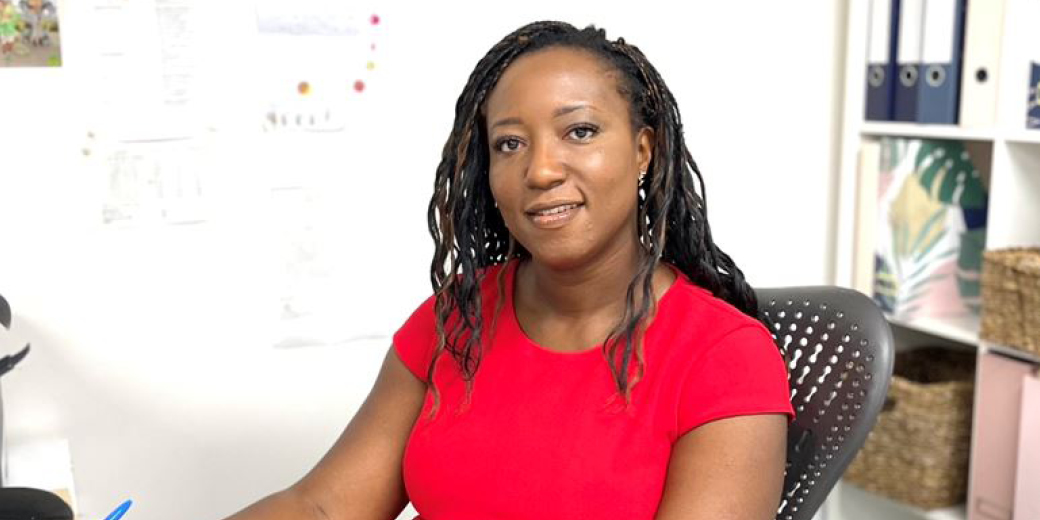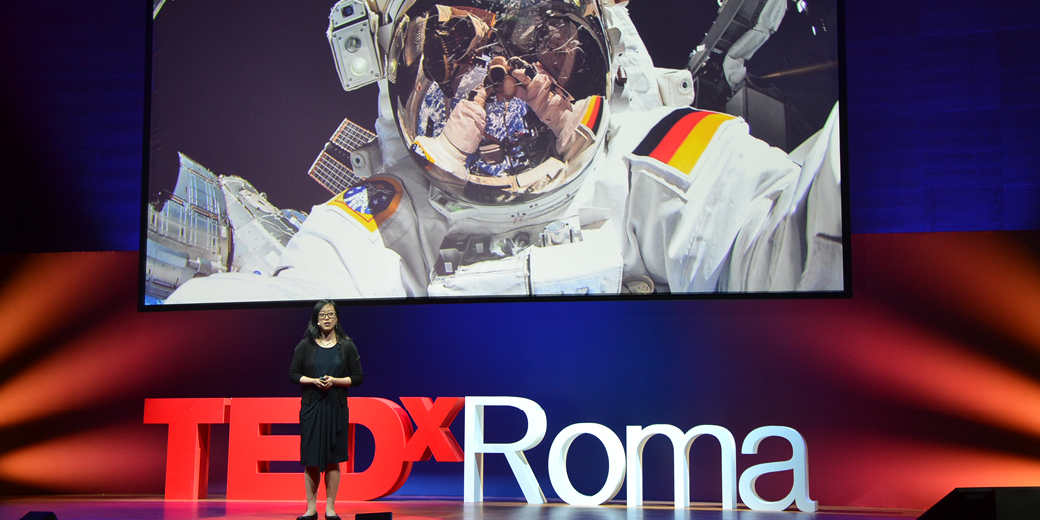Creating meaningful change in the world is a powerful ambition, but it often begins with transforming the spaces closest to us. Cultures evolve in different ways — some through open debate and activism, while others through more gradual shifts in perspective. What may feel familiar or accepted in one society can still be deeply unconventional in another, highlighting the diverse paths through which progress unfolds.
Enter the ‘tempered radical’, a concept lawyer Sheetal Deo is sharing through her work.
Challenging the status quo, subtly
“The origins of tempered radicalism in my life is in my coming out story and the journey I took with my parents to help them from a place of ignorance to acceptance,” Sheetal explains.
“I then used this approach in my DEI work; coming from a place of compassion, rather than fault,” Sheetal says. “My aim was to create more understanding and hope that with greater understanding, knowledge of their capacity to effect change (privilege) and compassion, people were, empowered to take action (rather than admonished or shamed for their lack thereof).”
Though Sheetal did not conceive the term – which appears to have been popularised by Debra Meyerson in her book Tempered Radicals: How People Use Difference to Inspire Change at Work – she found the framework of tempered radicalism reflected her lived experience.
“I didn’t realise [tempered radicalism] was a term until I was explaining my personal approach to ‘bringing people on the journey’ to a friend who then brought my attention to the term and its origins in creating organisational change,” Sheetal says.
Since then, she has been sharing this approach and accompanying framework for others to use and benefit from.
A tempered radical is someone who works within a system or structure but challenges the status quo in subtle yet meaningful ways. This often requires balancing two things:
- One’s personal values, beliefs, identity—which may differ from the dominant culture of the system, structure, society (i.e. lived experience of marginalisation).
- Being effective in creating change —without polarising or rebelling.
“Tempered radicals don’t create sudden or drastic change; instead, they influence their surroundings and bring people along the journey, leveraging existing positions, policies and procedures to create meaningful connection and change,” Sheetal explains.
Strategic action over direct confrontation
How does this work in practice? Tempered radicals create change within organisations through small, strategic actions rather than direct confrontation.
Examples include:
- Framing change in terms the other person (or business) will understand
- Finding allies and building networks
- Leading by example
“In my personal and professional life, this meant ‘seeking first to understand than being understood’,”’ Sheetal says. “Why did people hold certain beliefs, and what was the common ground I could connect and relate to them? Once I established that, I could ‘translate’ my experience into terms or context that were more relatable and therefore easier to understand.”
While the concept might sound simple enough, it isn’t always easy, Sheetal admits.
“Being a tempered radical or taking a tempered radical approach is difficult, but it’s the only way I can do this work - or live my life, to be honest,” Sheetal says.
“There can be competing interests; sometimes between people you love and care for equally. In the social justice space, some activists think you’re not going ‘hard enough,’ or are ‘coddling,’ while those who you’re trying to bring on the journey might be someone near and dear and for whatever reason (including their own cultural framework) may be steadfast in their beliefs and not as amenable to change,” Sheetal says.
“It can also be difficult to decide when you concede the cause for the relationship—or the relationship for the cause. These aren’t particularly easy discussions, or decisions, but they’re decisions and discussions we choose to have (even when it feels like we don’t have a choice). I try to take comfort in the fact that this approach honours my values and relationships. It’s also comforting finding other tempered radicals, who share my passion—and frustration.”
A framework for a divided world
It can feel impossible to bridge the divides of an increasingly – and in some cases, proudly – divided world. Misinformation and polarising politics threaten to tear us apart.
“One of the key tenets of tempered radicalism is persistence, so we persist,” Sheetal says. “It is tiring, but it is rewarding. After all, if there was a way to champion the cause without compromising your relationships, or polarising people, wouldn’t you at least try? Ideally, you wouldn’t be at risk of either, but we don’t live in an ideal world.”
Sheetal developed a ‘tempered radical toolkit’ as a response to her experiences.
“The ‘tempered radical toolkit’ puts together strategies I’ve had success with in both, personal and professional capacities. I’ve used all these tools, so there’s proof of concept… Having said that, these strategies and tools have existed well before the term was coined, but putting them together with a catchy title and a story that people can relate to helps bring these strategies to life,” Sheetal explains.
Sheetal’s journey as a tempered radical has spanned over a decade.
“I married my now wife, in Canada over the holidays, with my parents' blessings and attendance at the wedding ceremony,” Sheetal says. “I think that speaks volumes on how they’ve responded to a tempered radical approach.”
“It’s been quite the journey for all involved and I think that’s important to keep in mind. While tempered radicals hold space for others, it's so important for them/us to have our own support that holds space for us, too. I’m lucky to have always had this space with friends, colleagues, or community.”
For the most part Sheetal feels at peace being a tempered radical.
“And if this approach, or my sharing of this approach, helps others make sense of how they feel and a means to navigate those feelings, then I’m even happier for having done things the way I have.”









































![How to handle Direct Speech after Gan v Xie [2023] NSWCA 163](https://images4.cmp.optimizely.com/assets/Lawyer+Up+direct+speech+in+drafting+NSW+legislation+OCT232.jpg/Zz1hNDU4YzQyMjQzNzkxMWVmYjFlNGY2ODk3ZWMxNzE0Mw==)



























































